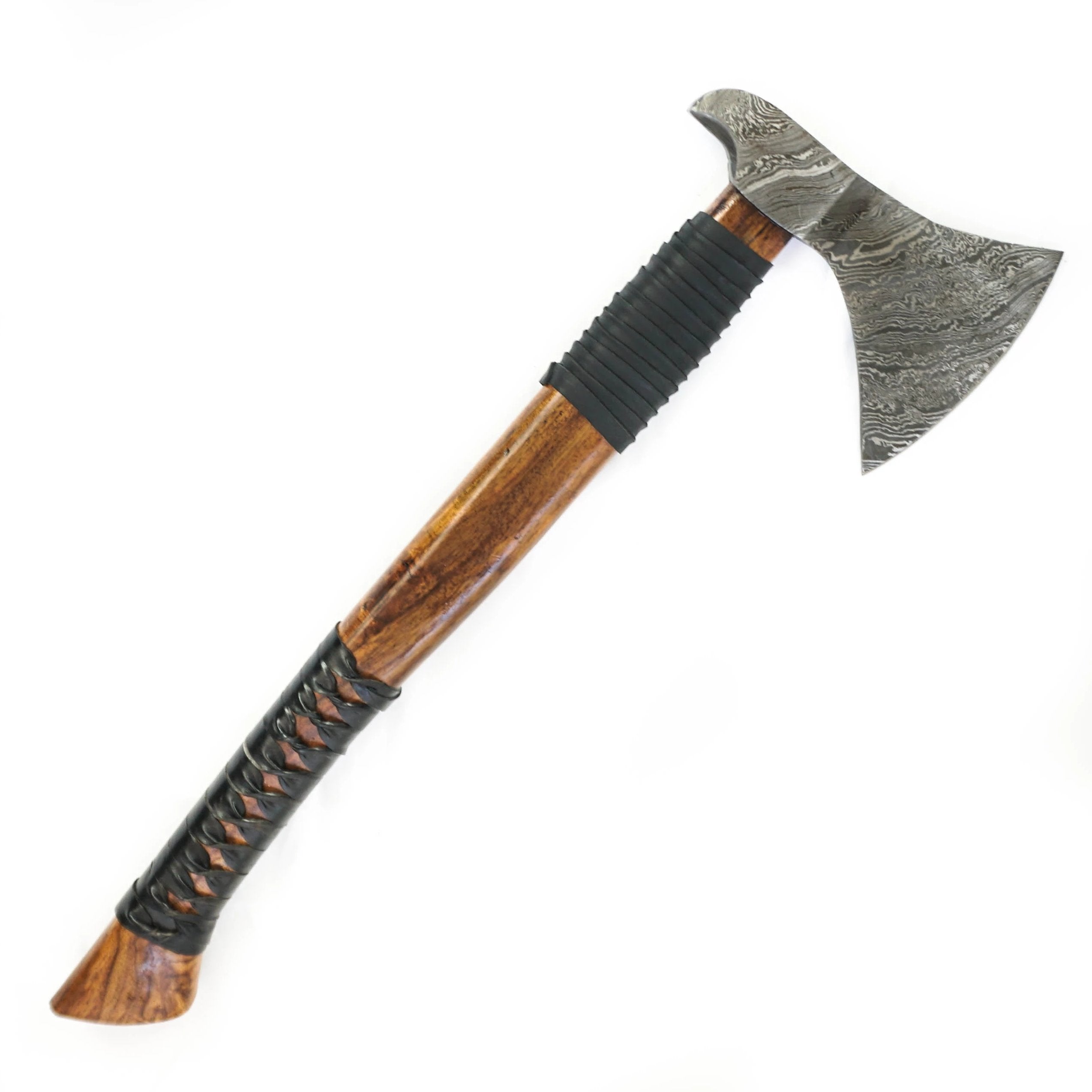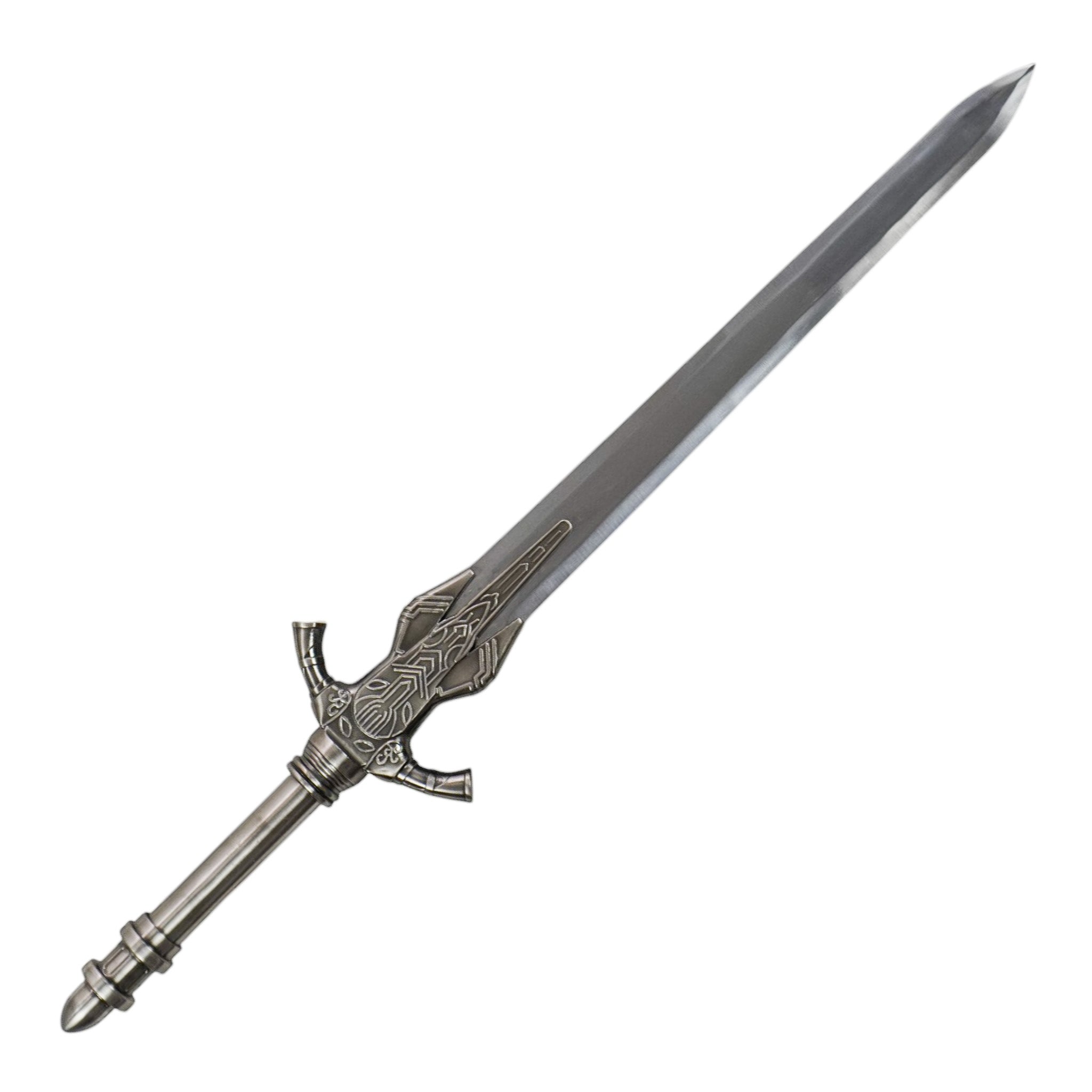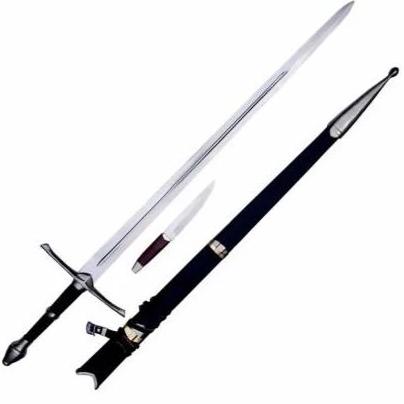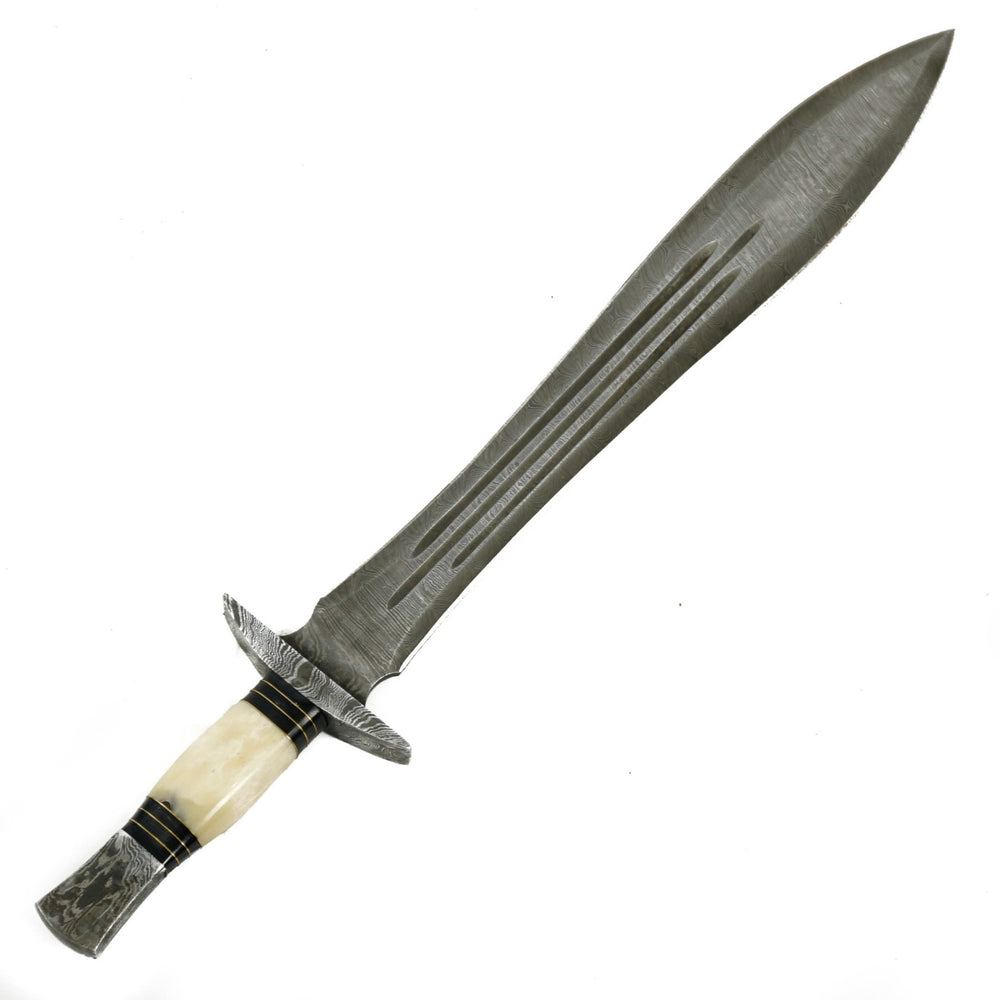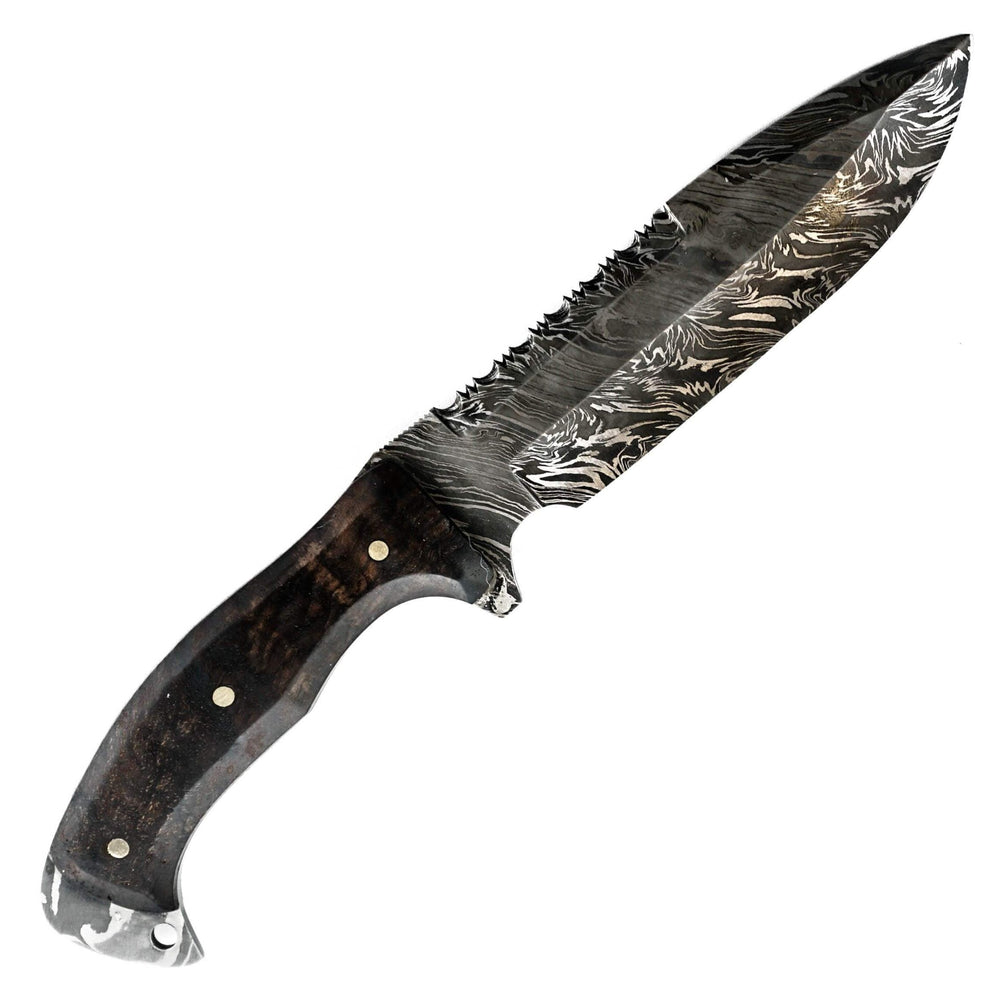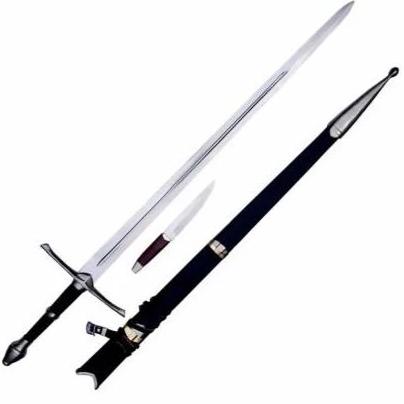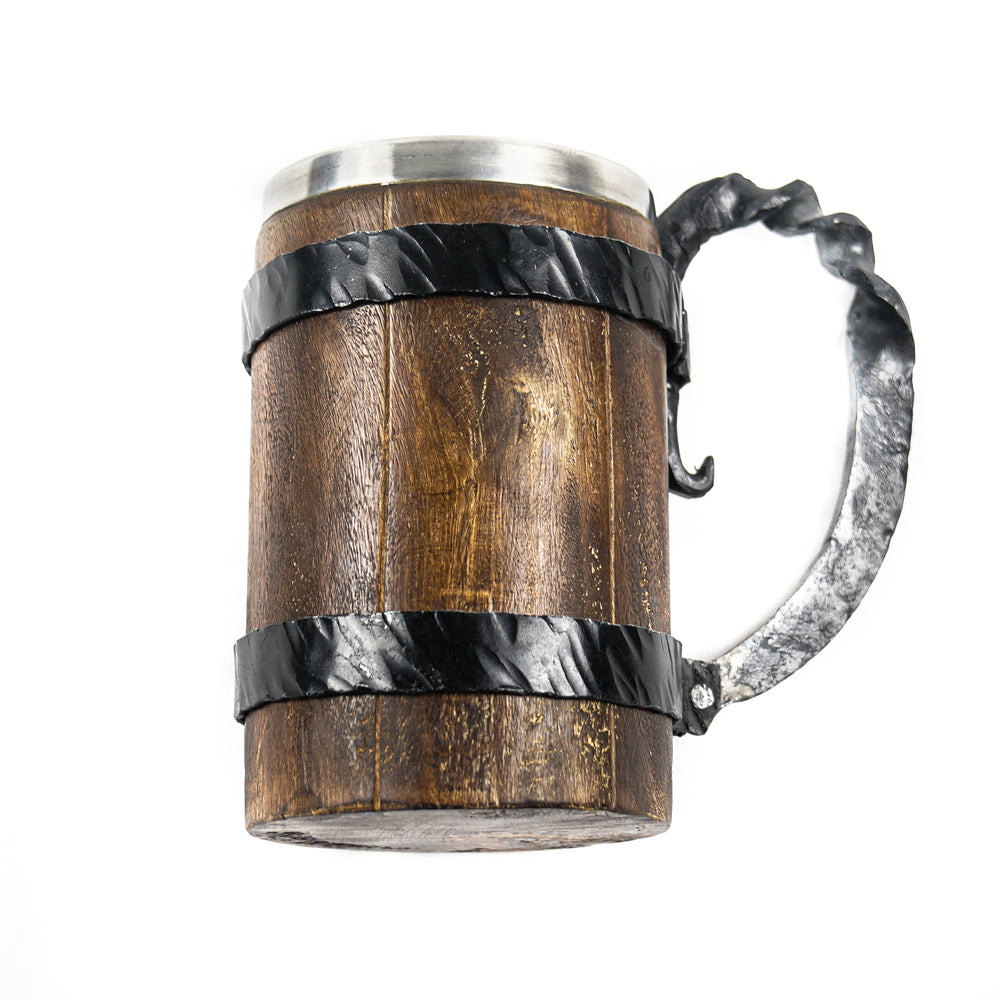Choosing The Right Rapier Fencing Sword: A Guide
Rapier fencing, a swordsmanship style that emerged in the 15th century, holds a significant place in the annals of combat history. Originating in Europe, rapier fencing was embraced by nobles, military officers, and dueling enthusiasts during the Renaissance period.
It departed from earlier forms of swordplay, emphasizing finesse, precision, and strategic movements. Besides, the rapier was a slender and elegant weapon characterized by its long, narrow blade and intricate hilt.
It became synonymous with fencing as practitioners honed their skills in defense and offense. They relied on speed, agility, and cunning techniques to outmaneuver their opponents.
All in all, selecting the right rapier fencing sword is crucial for practitioners of this martial art. After all, each individual has unique physical attributes, skill levels, and preferences, which influence their choice of sword.
The blade length, weight, balance, and flexibility can significantly impact a fencer's performance and comfort during bouts.

Therefore, understanding the various types of rapiers available and their specific characteristics is essential for achieving optimal results in competitive scenarios.
This article will delve into rapier fencing, providing insights into its historical significance and the importance of selecting an appropriate sword.
We will explore the types of rapiers commonly used, analyzing their design features and discussing how these factors affect performance. Additionally, we will outline essential considerations for fencers when choosing a rapier, such as style, use, and compatibility with individual strengths.
Understanding The Rapier Fencing Sword
The rapier fencing sword is a specialized weapon designed for the art of rapier fencing. It is distinguished by its slender, thrusting blade, typically measuring around 40 to 50 inches in length.
Unlike other swords, the rapier prioritizes agility and precision over brute force, making it ideal for quick and calculated movements. The blade is often flexible, allowing fencers to execute intricate techniques easily.
Types Of Rapier Swords
There are several variants of rapier swords, each with its unique hilt design:
- The Swept-Hilt Rapier: It features curved bars that provide excellent hand protection.
- The Cup-Hilt Rapier: It has a cup-shaped guard that offers enhanced defense for the hand.
- The Shell-Hilt Rapier: It showcases a distinctive shell-shaped guard, combining aesthetics and functionality.
These different hilt styles offer varying levels of protection and contribute to the weapon's overall balance and feel.
We have an impressive collection of rapier fencing swords at Battling Blades, so you can easily get one of your own.
Parts Of A Fencing Sword
The rapier sword consists of several vital components:
- Blade: The blade is long and thin, optimized for thrusting attacks.
- Hilt: The hilt is the sword's handle, which connects the blade to the grip. It serves as a guard for the hand, protecting the fencer's fingers during combat.
- Grip: The grip is the part of the hilt that the fencer holds onto, usually wrapped in leather or other materials for improved grip and comfort.
- Pommel: The pommel is the weighted end of the sword, providing balance and stability to the weapon.
In the case of a rapier fencing sword, understanding the structure and what are fencing swords made of is crucial for fencers. It enables them to choose the right type of sword that aligns with their style and preferences.
By grasping the intricacies of these swords, fencers can enhance their techniques and fully immerse themselves in the art of rapier fencing.
Factors To Consider When Choosing A Rapier Fencing Sword
Fencing Style And Purpose
The following styles of rapier fencing exist at present:
- Classical Rapier Fencing: It is an elegant and refined style focusing on precision and technique. It originated during the Renaissance period and emphasized gracefulness and finesse in movements. The purpose of classical rapier fencing is to develop exceptional control and accuracy in swordplay. This makes it a popular choice for historical enthusiasts and those interested in the artistry of fencing.
- Sportive Or Modern Competitive Fencing: It is a dynamic, fast-paced style that prioritizes speed and athleticism. It is practiced as a sport worldwide and involves three different weapons: foil, épée, and saber. The purpose of sportive fencing is to score points by striking valid target areas on an opponent within the rules of each weapon. It requires quick reflexes, strategic thinking, and precise timing, making it a thrilling and adrenaline-pumping sport.
- Historical Reenactment Fencing: It aims to recreate specific historical periods' fighting styles and techniques. Participants use authentic replicas of historical swords and armor, immersing themselves in the battle experience from centuries ago. Moreover, it vows to educate and entertain, allowing individuals to step back in time and gain a deeper understanding of historical combat.
Blade Length And Flexibility
Blade length is crucial in fencing, affecting both reach and maneuverability.
A longer blade provides extended reach, allowing fencers to strike their opponents from a greater distance. However, it may sacrifice some maneuverability due to its increased weight and leverage.
Conversely, a shorter blade offers enhanced maneuverability, enabling fencers to execute intricate and swift movements. However, it may require fencers to close the distance to strike their opponents effectively.
Battling Blades has rapier fencing swords with different blade lengths and flexibilities, so you can choose a sword that fits your style.
Furthermore, the flexibility of a blade impacts the technique employed in fencing. A stiffer blade grants more control and accuracy, making it ideal for thrusting attacks. It ensures the point remains on target during an attack, maximizing precision.
Conversely, a flexible blade allows for greater whip-like movements. It enhances the speed of cuts and enables fencers to exploit openings in their opponent's defense. The choice of blade flex ultimately depends on the fencer's style and preference.

Hilt Design And Protection
Hilts come in various styles, each designed to provide different levels of hand protection. Some hilts feature complex handguards with multiple branches and bars, offering extensive coverage to protect the hand from direct strikes.
Others have simpler designs, prioritizing maneuverability and allowing for more fluid movements. The choice of hilt style depends on the fencer's priorities regarding protection and agility.
Besides, the size of the handguard on a sword affects maneuverability during fencing. A larger handguard provides increased protection but can limit the range of motion for the hand and restrict certain movements.
On the other hand, a smaller handguard allows for enhanced mobility and agility but may provide less protection against incoming strikes. All in all, finding the right balance between handguard size and maneuverability is crucial to ensure safety and effective fencing techniques.
Material And Construction
Rapier sword blades are commonly made from carbon steel, known for their strength, durability, and flexibility.
Carbon steel blades offer excellent balance and resilience, allowing them to withstand intense thrusting and cutting actions without breaking or bending.
The high-quality construction of these blades ensures longevity and reliability, making them well-suited for fencing demands.
Besides, maintaining the durability of rapier sword blades involves regular cleaning and proper storage. Carbon steel blades should be kept dry and moisture-free to prevent rust or corrosion.
Additionally, periodic oiling and inspection are necessary to ensure the blade's integrity. Fencers should also monitor any signs of wear or damage and seek professional advice for repairs or blade replacement.
Weight And Balance
The weight and balance of a sword greatly influence a fencer's precision and control during bouts. A well-balanced sword feels comfortable in the hand and allows for effortless manipulation.
The distribution of weight along the blade affects its responsiveness and maneuverability. A balanced sword enables fencers to execute accurate attacks and swift defensive movements, enhancing their performance on the fencing strip.
Besides, finding the right weight for a sword is a personal choice that depends on an individual fencer's preferences and technique. Some fencers prefer a lighter sword for increased speed and agility, while others favor a slightly heavier sword for added power and stability.
Trying Before Buying
When purchasing a fencing sword, there is no substitute for physically handling and testing the weapon before deciding. This hands-on experience allows potential buyers to assess the sword's weight, balance, and overall feel.
Fencers can gauge whether the weapon suits their preferences and technique by gripping the hilt and executing a few basic movements.
Physically handling a rapier sword ensures the fencer feels confident and comfortable with their choice, ultimately enhancing their performance on the fencing strip.
To gain a comprehensive understanding of the options available, visiting a fencing equipment store or attending a fencing event is highly recommended.
These venues provide an opportunity to interact with a wide range of swords and receive guidance from knowledgeable professionals. Hence, fencers can explore various brands, styles, and designs, allowing them to compare and contrast options based on their preferences.
Moreover, being in a fencing-specific environment exposes individuals to the expertise of experienced fencers, helping them make informed decisions while purchasing.
Besides, seeking advice from experienced fencers and instructors is invaluable when considering the purchase of a rapier sword. These individuals possess knowledge and firsthand experience in using and evaluating different swords.
They can provide valuable insights into the qualities and characteristics to look for in a quality rapier sword. Moreover, their guidance can help fencers navigate the vast array of options available in the market and narrow down choices.
Ultimately, consulting with experienced fencers and instructors ensures that fencers make an informed decision and invest in a rapier sword that aligns with their skill level and aspirations.
Budget Considerations
When purchasing a rapier fencing sword, there is a wide range of prices to consider. Entry-level swords are in the lower price range, typically from $50 to $150. These swords are often made of lower-quality materials and may offer a different level of durability or performance than more expensive options.
Mid-range swords, priced between $150 and $300, tend to strike a balance between affordability and quality. They often feature better craftsmanship, superior materials, and improved performance.
On the higher end of the spectrum, professional-grade rapier swords can cost $300, offering exceptional craftsmanship, advanced features, and enhanced performance capabilities.
When considering budget constraints, it's important to balance quality and affordability. While opting for the cheapest option available can be tempting, sacrificing quality can lead to safety concerns and subpar performance.
These swords might be made from inferior materials, lack proper blade flexibility, or need better construction, increasing the risk of accidents.
Hence, investing in a sword that meets industry standards and is crafted from high-quality materials is advisable, even if it slightly stretches the budget. Finding a reputable brand that balances price and quality is key to wise investing in a rapier fencing sword.
Legal And Safety Considerations
Before engaging in the practice or use of a fencing sword, one must familiarize oneself with the local regulations regarding their possession and usage. Laws can vary from region to region, and it is essential to ensure compliance to avoid legal issues.
Checking with local authorities or relevant governing bodies can clarify the specific requirements for carrying fencing swords in public spaces or during competitions.
Besides, safety should always be a top priority when practicing or sparring with fencing swords. Wearing appropriate safety gear is imperative to minimize the risk of injuries.
This includes wearing a fencing mask, padded jacket, gloves, and knee-high socks or pants for leg protection. Fencers should also ensure that all equipment, such as masks and jackets, is in good condition and properly fitted.
Additionally, adhering to proper sparring protocols can help prevent accidents and promote a safe training environment. These may include maintaining an appropriate distance, practicing controlled movements, and respecting the boundaries set by instructors or trainers.

When selecting a fencing sword, choosing one that meets the recognized safety standards for the intended purpose is important. Different types of swords are designed for specific disciplines or levels of practice, and they may have varying safety requirements.
For example, competition-grade swords must adhere to strict regulations to ensure fairness and safety during matches. It is advisable to consult with experienced fencers, coaches, or reputable fencing equipment suppliers to ensure that the chosen swords meet the necessary safety standards for the intended use.
Conclusion
When selecting a rapier fencing sword, it is crucial to consider several factors. These include the blade length and weight, hilt design and materials, and overall balance.
Additionally, understanding one's skill level, training goals, and the specific style of rapier fencing being practiced can inform the decision-making process.
Considering these key factors ensures that the chosen sword aligns with individual preferences and enhances the fencing experience.
Besides, finding the right rapier fencing sword is about functionality, personal style, and purpose. Each fencer has unique preferences and techniques; the sword should complement and enhance those aspects.
For historical reenactment, sportive fencing, or theatrical performances, the sword should feel comfortable and natural in one's hand, allowing for fluid and precise movements.
All in all, choosing a sword that resonates with one's style and purpose will create a more enjoyable and fulfilling fencing journey. With the right rapier fencing sword in hand, it's time to embark on an exciting journey into fencing.
Embrace the challenges, celebrate progress, and savor the joy of mastering this elegant and captivating martial art.

